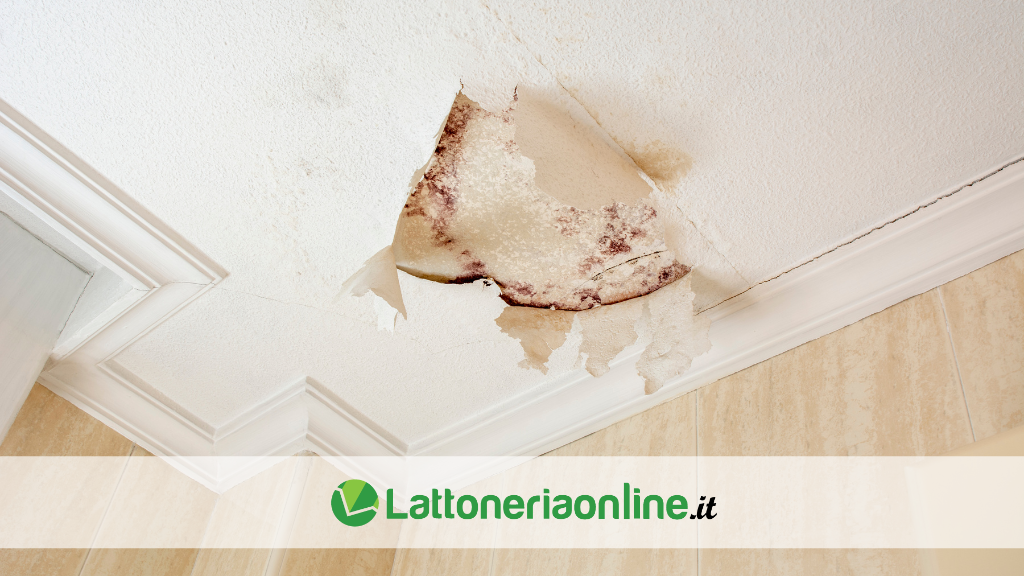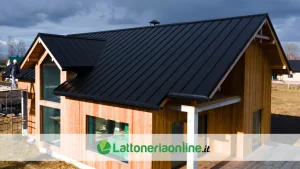
Gutters and flashings: how to prevent damage caused by rain and humidity
Gutters and flashings are often overlooked but crucial elements for the long-term protection of your home against damage caused by rain and moisture. These components play a fundamental role in directing rainwater away from the structure of the house, thus preventing the accumulation of water in critical areas. Keeping gutters and flashings in optimal condition is essential to avoid a variety of problems, including water infiltration, structural damage, and mold growth, which can have serious consequences for health and value of your property.
Regular maintenance is the first step in preventing such damage. It is necessary to periodically inspect the gutters and flashings to ensure that they are free of debris, leaves, and other obstacles that could prevent the free flow of rainwater. Removing these barriers is relatively simple, but it can make a big difference in preventing future problems. Furthermore, it is always useful to check that the gutters are well fixed to the structure and that there are no leaks or cracks. Even a small leak can lead to serious damage over time.
Preventive maintenance is often cheaper and less complicated than emergency repairs. Investing in professionals to regularly clean and maintain your gutters and flashings can ensure the longevity of your home by preventing costly damage and moisture-related problems.
In any case, if water infiltrations should occur, the advice is to understand where to intervene and then contact professionals specialized in the custom sheet metal processing to create gutters or flashings with the right shapes and sizes for the intervention. Subsequently, if it is not possible to intervene directly, it is always better to rely on specialized installers.
Solving damp problems with gutters
Addressing and resolving moisture problems through the correct functioning of the gutters is a fundamental aspect in managing the structural integrity and health of the home. Moisture and water infiltration can cause significant damage to the foundation, walls, and interior of the home, as well as creating a favorable environment for the growth of mold that is harmful to health.
To resolve damp problems that may be caused by your gutters, the first step is a detailed inspection: you need to ensure that your gutters are sized appropriately to handle the volume of rainwater in the area. If your gutters are too small, they may fail to handle water flow effectively, causing flooding and leaks. Additionally, you should check that gutter drain pipes are positioned to direct water away from the home’s foundation. This is crucial to prevent foundation damage and moisture in interior walls.
If your gutters are in good condition but moisture problems persist, consider installing additional devices. Gutter extenders, downspouts or underground drains can be used to direct water away from the home more effectively. These devices are especially useful if you live in an area subject to heavy rain or soil with poor water absorption capacity.
Regular maintenance of gutters is essential to ensure that they continue to function optimally over time. It is always helpful to remove debris, leaves and other obstacles that could obstruct the flow of water and cause flooding.
Moisture damage: role of flashings
Flashings, often not considered as they should be but equally important, play a fundamental role in preventing moisture damage to the walls and structures of the house. These components are designed to divert rainwater away from the joint between the roof and exterior walls, thus preventing water from harmfully infiltrating building materials. When flashings don’t work properly or are missing, rainwater can run down walls, causing exterior damage and possible leaks inside.
To prevent moisture damage, it is always helpful to ensure that flashings are installed properly and are in good condition. It is also important to regularly inspect these structures to ensure there are no deformations, cracks or obstructions that could impede the flow of water. Additionally, you need to make sure that the flashings are positioned to effectively direct water away from the walls. Preventive flashing maintenance can help maintain the integrity of your walls and prevent costly moisture damage.



